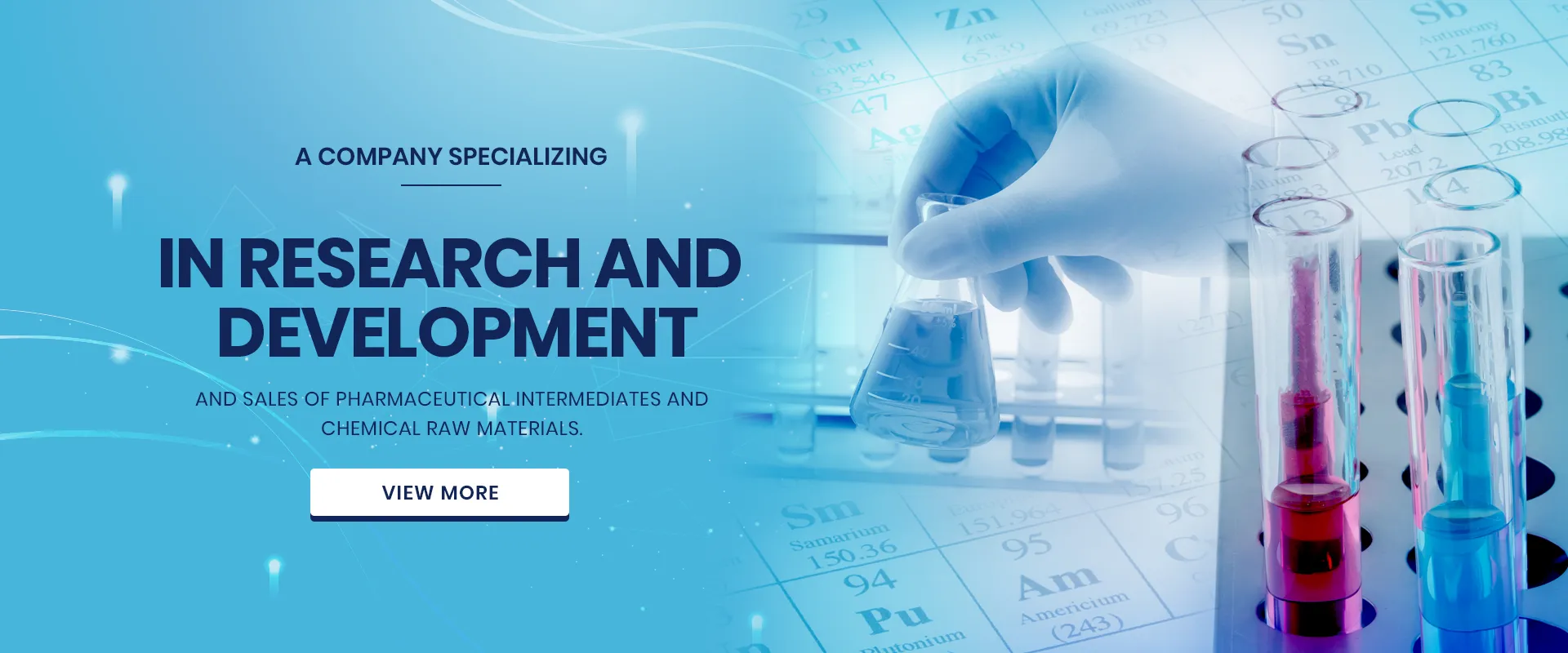The Chemistry of Silver Nitrate and Ammonium Thiocyanate A Closer Look
In the realm of chemistry, the interactions between different compounds often lead to fascinating reactions and discoveries. A prime example of such a reaction is that involving silver nitrate (AgNO₃) and ammonium thiocyanate (NH₄SCN). This combination is not only significant in academic studies but also illustrative of broader concepts in chemistry, such as precipitation reactions, complex ion formations, and the distinctive properties of transition metals.
Introduction to the Compounds
Silver nitrate is a well-known inorganic compound, characterized by its bright white crystalline appearance and high solubility in water. It is used extensively in various applications, including photography, medicine, and chemical synthesis. Silver nitrate is particularly notable for its role as a source of silver ions, which can engage in multiple reactions due to their relatively high reactivity.
Ammonium thiocyanate, on the other hand, is a white, crystalline solid that is soluble in water and has a variety of uses, ranging from a reagent in chemical analysis to an important component in the production of fertilizers and pharmaceuticals. When dissolved in water, ammonium thiocyanate dissociates into ammonium ions (NH₄⁺) and thiocyanate ions (SCN⁻), making it a source of the SCN⁻ ion, which can form complexes with various metal ions.
The Reaction
When silver nitrate and ammonium thiocyanate are mixed in solution, a remarkable chemical reaction occurs. The silver ions from the silver nitrate react with thiocyanate ions from the ammonium thiocyanate to produce silver thiocyanate (AgSCN), a white precipitate. The overall reaction can be represented as follows
\[ \text{AgNO}_3 (aq) + \text{NH}_4\text{SCN} (aq) \rightarrow \text{AgSCN} (s) + \text{NH}_4\text{NO}_3 (aq) \]
agno3 nh4scn

This reaction not only demonstrates a typical double displacement (or metathesis) reaction but can also serve as a qualitative test for the presence of silver ions in a solution. The formation of the white precipitate provides clear and immediate visual evidence that silver ions are present.
Characteristics of the Precipitate
Silver thiocyanate is notable for its low solubility in water and its distinctive properties. The precipitate appears as a white solid that may appear yellowish over time due to light-induced degradation. When heated, silver thiocyanate can decompose, releasing toxic gases such as sulfur dioxide and nitrogen oxides. Thus, while it serves as an important chemical, handling it requires care and consideration of safety protocols.
The formation of the precipitate also leads to discussions about solubility product constants (Ksp) and how these values help predict whether a precipitate will form under given conditions. Experimentally, the Ksp for AgSCN is quite low, indicating that even in substantial concentrations of thiocyanate, the formation of silver thiocyanate will occur, driving the equilibrium towards the left.
Broader Implications
The reaction between silver nitrate and ammonium thiocyanate goes beyond mere laboratory experiments; it embodies critical principles relevant to fields such as environmental chemistry, materials science, and even forensic science, where the identification of metal ions is essential. Additionally, the solubility and precipitation principles at play provide foundational knowledge applicable in industrial processes and environmental monitoring.
In conclusion, the interaction between silver nitrate and ammonium thiocyanate is more than just a simple chemical reaction. It serves as a gateway to a deeper understanding of chemical principles, the behavior of metal ions, and the nature of precipitation reactions. As we continue to explore the intricacies of these compounds, we gain valuable insights that extend far beyond the confines of the laboratory, influencing various real-world applications and enhancing our comprehension of the chemical universe.

